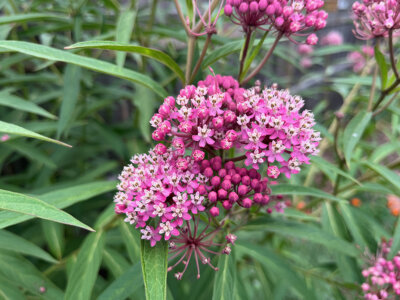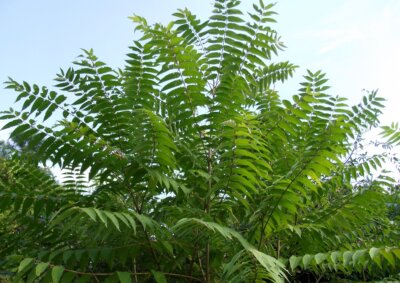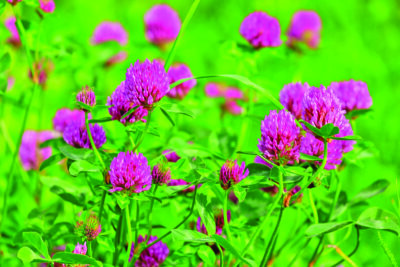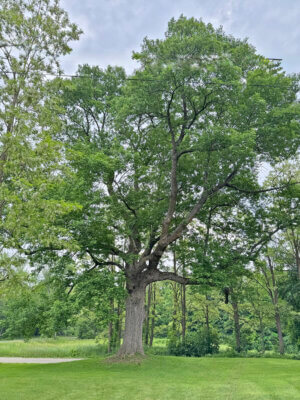Encountering the magnificent monarchs
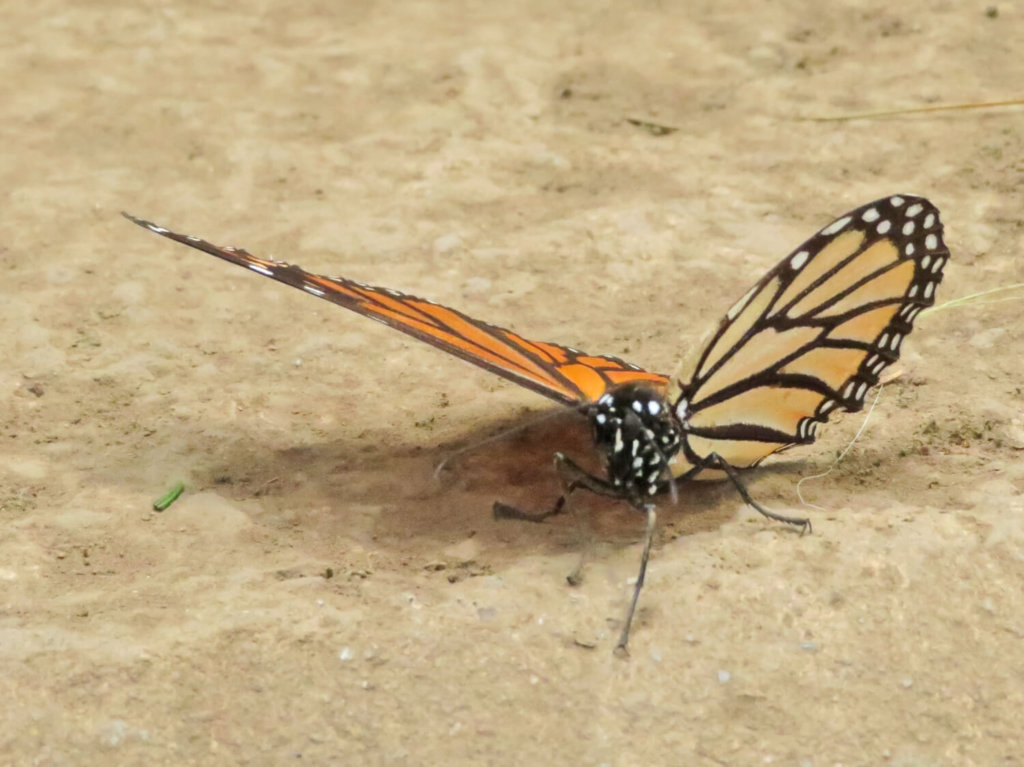 En route from San Miguel de Allende, Guanajuato, Mexico, to the Monarch Butterfly Sanctuary in neighboring Michoacan we share a shuttle with seven other souls, mostly Americans and Canadians escaping the snow and cold of the long northern winter.
En route from San Miguel de Allende, Guanajuato, Mexico, to the Monarch Butterfly Sanctuary in neighboring Michoacan we share a shuttle with seven other souls, mostly Americans and Canadians escaping the snow and cold of the long northern winter.
We join a young Mexican family, mother, father and 4-year-old boy, for whom we make multiple potty breaks along the way. He sits patiently on this four-hour out-bound expedition, chirping contentedly, first in the front seat with his father next to our driver and guide, later in the back with his mother who dispenses snacks and lets him rest his head in her lap. We pause for a brief break for the adults in the party, and as we step down carefully from the van we watch Pablo, smiling and confident, hurtle himself airborne into his father’s waiting arms.
My neighbor on the bus, a man about my age, sighs saying, “Don’t you wish you could do that?” The wistfulness in his tone surprises me; he’s said little during the two-hour trip from San Miguel, and I respond, “Such security to leap and know that someone’s there to catch you.”
We are well into the expansive Mexican countryside when we stop on the outskirts of a small town whose forefathers we learn encountered the Catholics intent on converting them to the true church of Christ. As the story goes, when the Jesuits first arrived in this area a stone edifice to the god of the village’s indigenous peoples adorned the nearest hilltop. We could see it (or its replica) there still, a gray lump overlooking the town. Not to be outdone, the newcomers erected a crucifix that would dwarf the pagan monument and illuminate their god’s superiority.
As we sit comfortably in the sun sipping our coffees, Vince exclaims, “Look at that.” In unison, we rotate to the left where a largish crucifix appears on the next hillside. It is sizeable, I think, but not gargantuan, a thought I must have conveyed because Vince answers that we are not looking in the right place. “You’ve got to stand up,” he insists. We follow his direction, and there it is, the largest crucified Christ we have ever encountered. This crucifix is truly immense, towering over the indigenous icon, the tiny town and all of us viewing it with awe. Even if we hadn’t known how events transpired in Mexico during the decades and centuries that followed, we would have been certain which side was going to win that competition for human souls.
Our journey to the butterflies continues, and we watch with pleasure as the plains open up between the mountains and the dry earth blossoms into lush strawberry and tomato fields, beautiful in their unexpected greenery in what until this point has been a landscape in various hues of beige, akin to California at the end of a long, dry summer. It lifts us, this verdure set against the azure of the sky and the mountains darkening the distance, our destination this day.
As we begin to climb, the farms are smaller, the road narrower. A magnificent crimson-combed rooster, his iridescent head feathers a-flutter, poses atop a raggedy roofed coop, an old woman in a brilliant magenta shirt totes a load of firewood on her bent shoulders. The air now is clear, scented with the fragrance of the pine trees that surround the cleared fields as we move up the mountain. Occasionally we catch the whiff of a wood fire. The buildings we pass are scattered and low, often only partly built, like so many of the homes along the rural roads in Africa.
A small white-sided church appears. It’s trimmed in blue, most likely in honor of the Virgin May, whose image we’ve seen in the stone grottos that grace gardens, alongside the brown-centered yellow daisies and red, white and pink geraniums that decorate porches.
We enter a small town as we wind our way upward and revel in the rainbow colors of the houses, one bright pink, another a fruity orange, a third, set back from the road, a construction of electric blue blocks each separated from the next by startlingly white grout, set off by a perfectly pink door. A few are multi-colored, one has a pink top and blue bottom, divided by a bright yellow stripe; my favorite a small house freshly painted in two shades of lavender. This is a prosperous town, unlike the shabbier places we’ve passed through. We move too quickly for photos, but I hold the images in my mind in hopes that one day I might paint them.
“Up, up, up,” chants our guide, Leo, as we turn sharply right up a steep stone-paved street. We’ve ascended 1,100 feet in 15 minutes. Where the road seems just wide enough for our white shuttle, we squeeze past a white truck, its bed the transport for a half dozen Mexicans heading down to work the strawberry fields we passed earlier, the berries enormous, red and we imagine juicy, easily spotted from our seats inside the van.
Such pleasure and we’ve not yet reached the butterflies.
Around 11,000 feet we glimpse our first monarch flitting across the road to settle on a bush on the far side. A thrill runs through me, a portent of things to come. Red flowers stretch out from the rust-colored banks to our left. To our right is a steep drop and the white-flowered bushes the butterflies seem to prefer. We learn later that this is Mexican milkweed, a cousin to the milkweed we’ll plant on our hillside to entice the monarchs to return to Vermont this summer.
We arrive at the entrance to the butterfly sanctuary and follow Leo to the trail that will take us into the heart of the sanctuary, up a steep set of wide stone steps. Prompted by signs that urge us not to talk, a hush falls on our small group and those around us as we begin our ascent.
It is the end of the season; the butterflies are about to begin their long flight from Mexico through the United States and into Canada, a journey that takes three generations of butterflies and many months to complete. On this Friday morning, throngs of families and groups of school children are here to witness this miracle of the mariposas, and the babble of young voices and an occasional shriek punctuate the silence. Pablo and his family are close by; freed finally from the constraints of the bus, he charges gleefully up the path, his father is close pursuit. We are now at roughly 13,000 feet, and the trek is more challenging than we first thought. We move slowly and stop frequently, Pablo now riding his father’s shoulders.
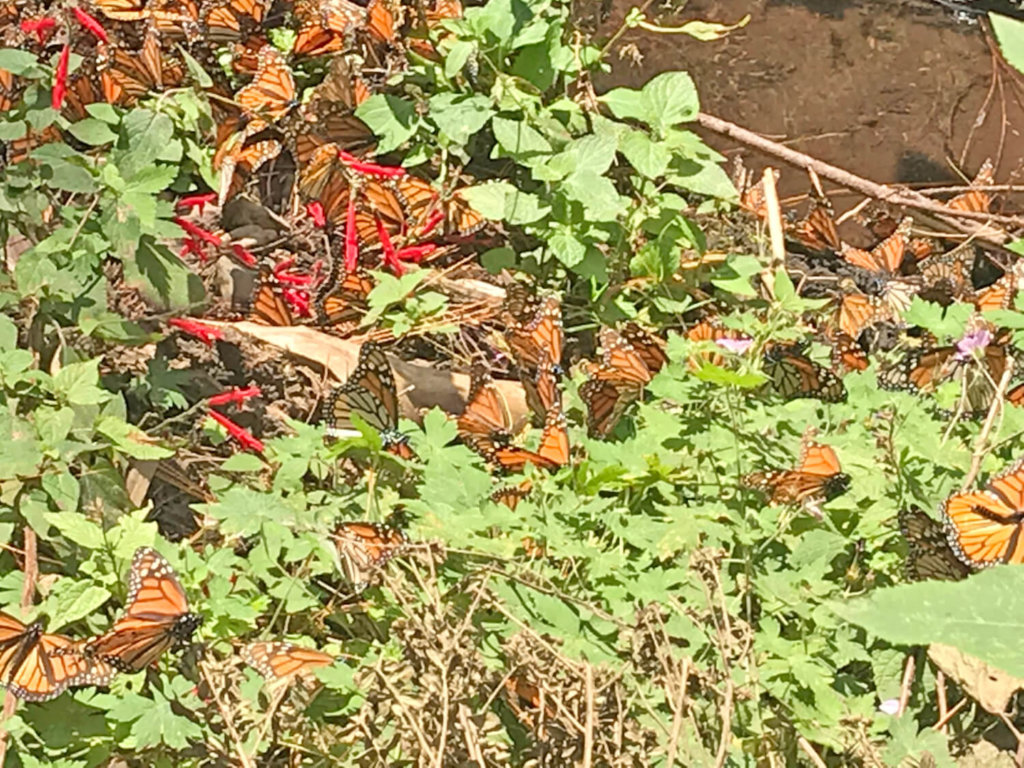 The pace is perfect for the theater that unfolds as the butterflies abandon the trees where they mass in hanging nests, just a hint of orange distinguishing them from the surrounding branches, and glide downward toward the milkweed in the meadows and the rivulet that runs beside our path. There they land to sip the water and slake their thirst, their delicate wings overlapped, creating a pattern of black and orange over a fringed, intensely orange background, like some gorgeous African fabric, distinguishable from it by an undulating motion. This is a live performance, not a static display.
The pace is perfect for the theater that unfolds as the butterflies abandon the trees where they mass in hanging nests, just a hint of orange distinguishing them from the surrounding branches, and glide downward toward the milkweed in the meadows and the rivulet that runs beside our path. There they land to sip the water and slake their thirst, their delicate wings overlapped, creating a pattern of black and orange over a fringed, intensely orange background, like some gorgeous African fabric, distinguishable from it by an undulating motion. This is a live performance, not a static display.
Hundreds of Monarch butterflies fly high above us, in front of and behind us, flitting from bush to bush, awaiting their turn at the stream. They circle ever closer, brushing against my hair, my ear, the side of my face. I am enchanted; I stand very still and breathe deeply and slowly, immersed in their beauty. A monarch lands briefly on my arm, another on my shoulder. They are welcoming me into their fold. I’ve been accepted. This is pure joy.
Our group moves on, and still I remain in communion with my new friends. How can I leave them? The thought brings tears to my eyes. I understand fully what a friend means when she describes her visit to the butterflies as a life-altering experience. I can never again think of these magnificent monarchs as simply a species to be preserved. They are that certainly, but so much more. They are my neighbors, the summer folks whose arrival each season I anticipate, whose first sighting lightens my heart, whose company I treasure and whose departure I mourn just a little as they leave as a flock in September.
There are signs at the sanctuary that the monarchs too are preparing to leave. On the path, the butterflies revolve around each other on the stone steps, first one on top, then the other, a flash of orange and then a glimpse of white, as they display an underside, tumbling together in a last flash of passion. We are careful where we step so not to intrude on this moment.
For this generation of males, this is the last act. They mate only once and then die, while their now pregnant partners begin the long migration northward.
Related Stories
Popular Stories
If you enjoy The Charlotte News, please consider making a donation. Your gift will help us produce more stories like this. The majority of our budget comes from charitable contributions. Your gift helps sustain The Charlotte News, keeping it a free service for everyone in town. Thank you.
Andrew Zehner, Board Chair



